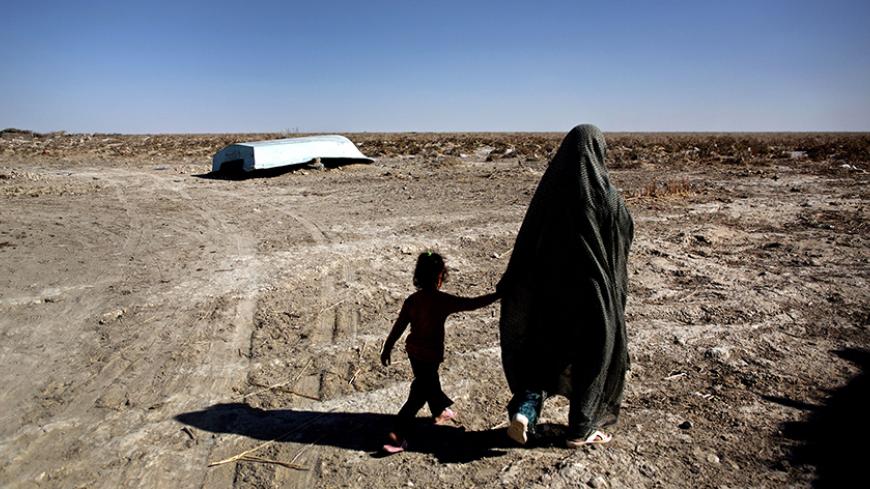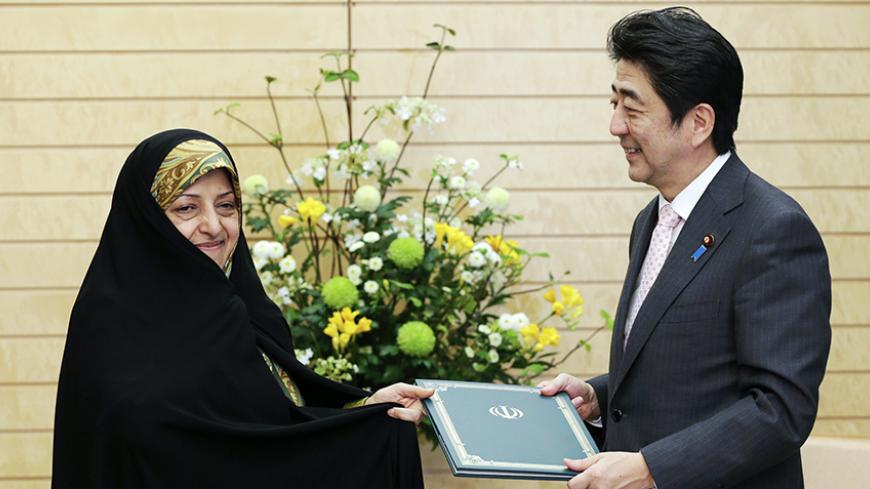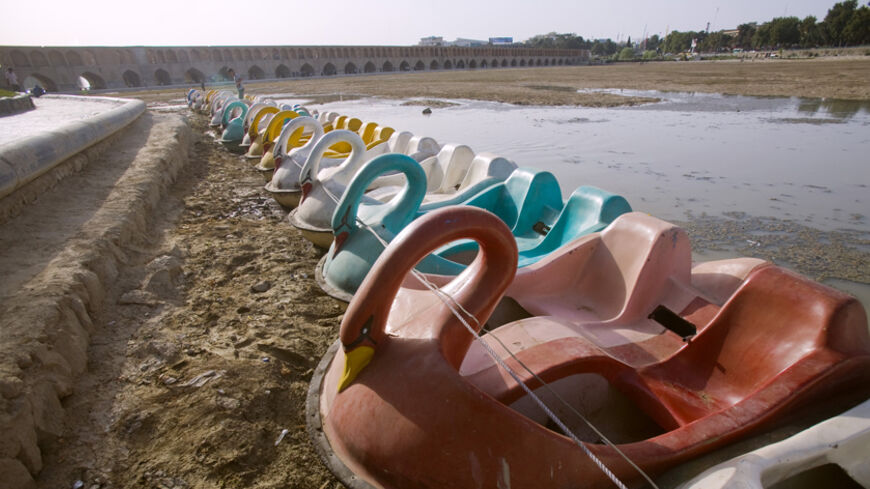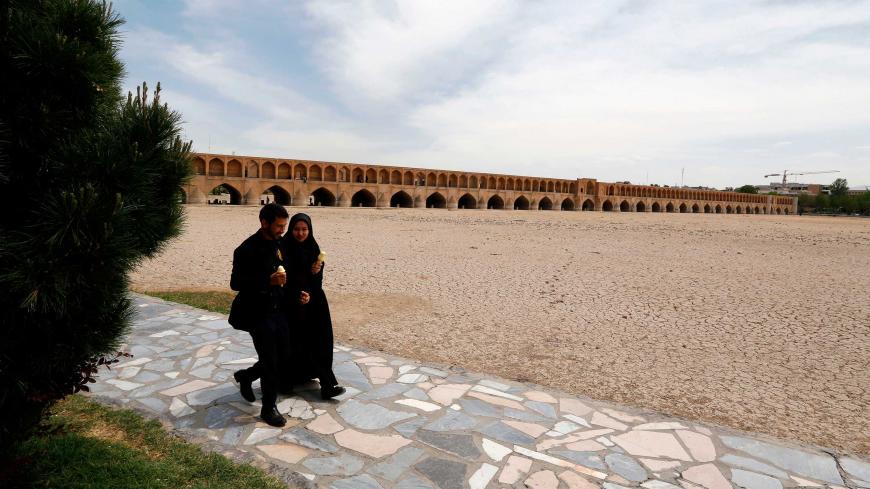Iran official warns water crisis could lead to mass migration
The adviser for water, agricultural and environment to Iran’s vice president warns that if Iran doesn't cut its water exploitation in half, the country could see a mass exodus.

Speaking to a group of reporters and experts April 25, Issa Kalantari, the adviser for water, agriculture and the environment to Iran’s vice president, warned that if Iran does not change its approach to water use, the result could be mass migration.
According to Shahrvand newspaper, Kalantari, a former minister of agriculture, warned that by continuing to exploit 97% of Iran's surface water, “Approximately 50 million people, 70% of Iranians, will have no choice but to leave the country.” He did not offer a timetable on when this would happen but asked, “With the state of our foreign policy, which countries are ready to accommodate 30 to 50 million Iranians?”








